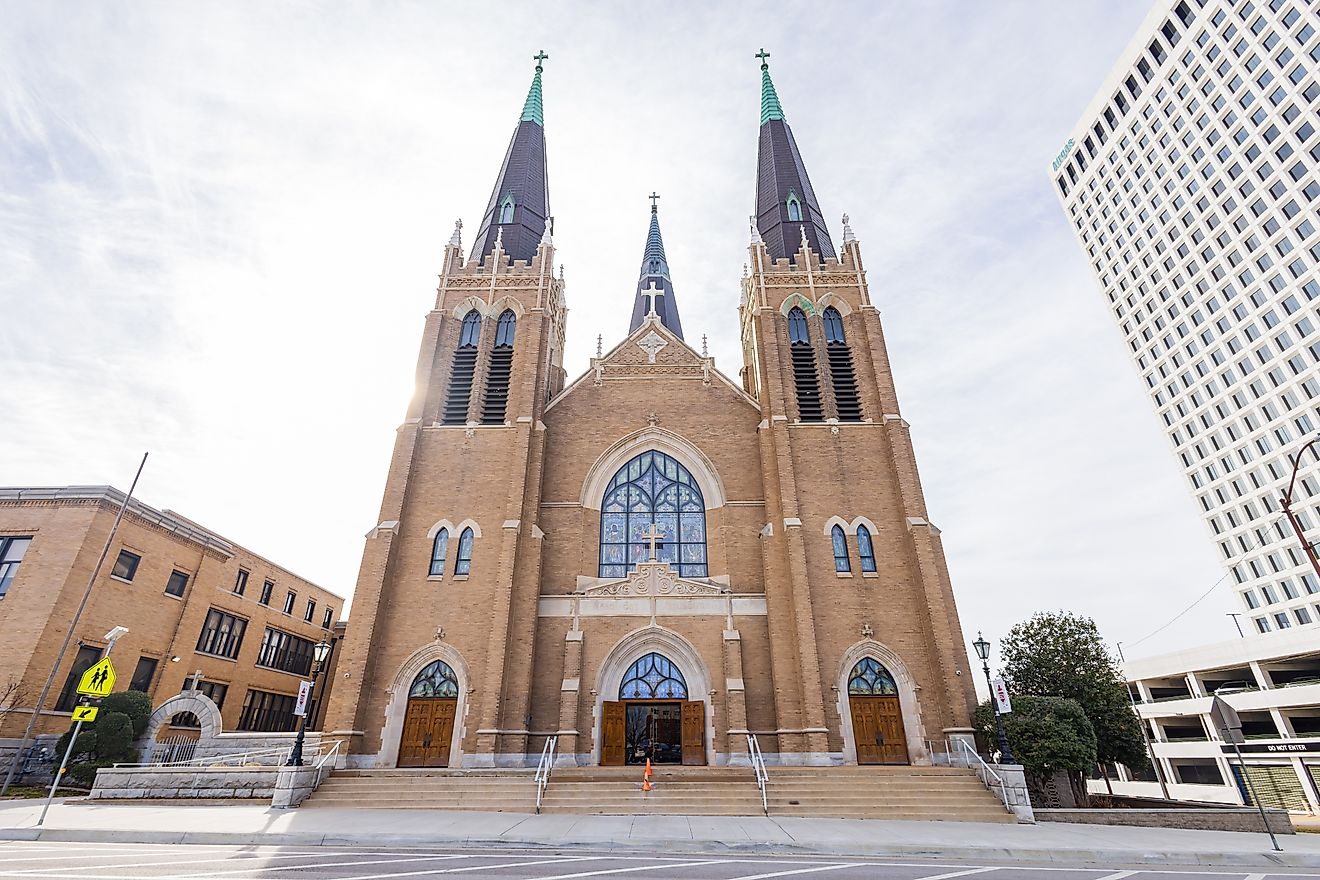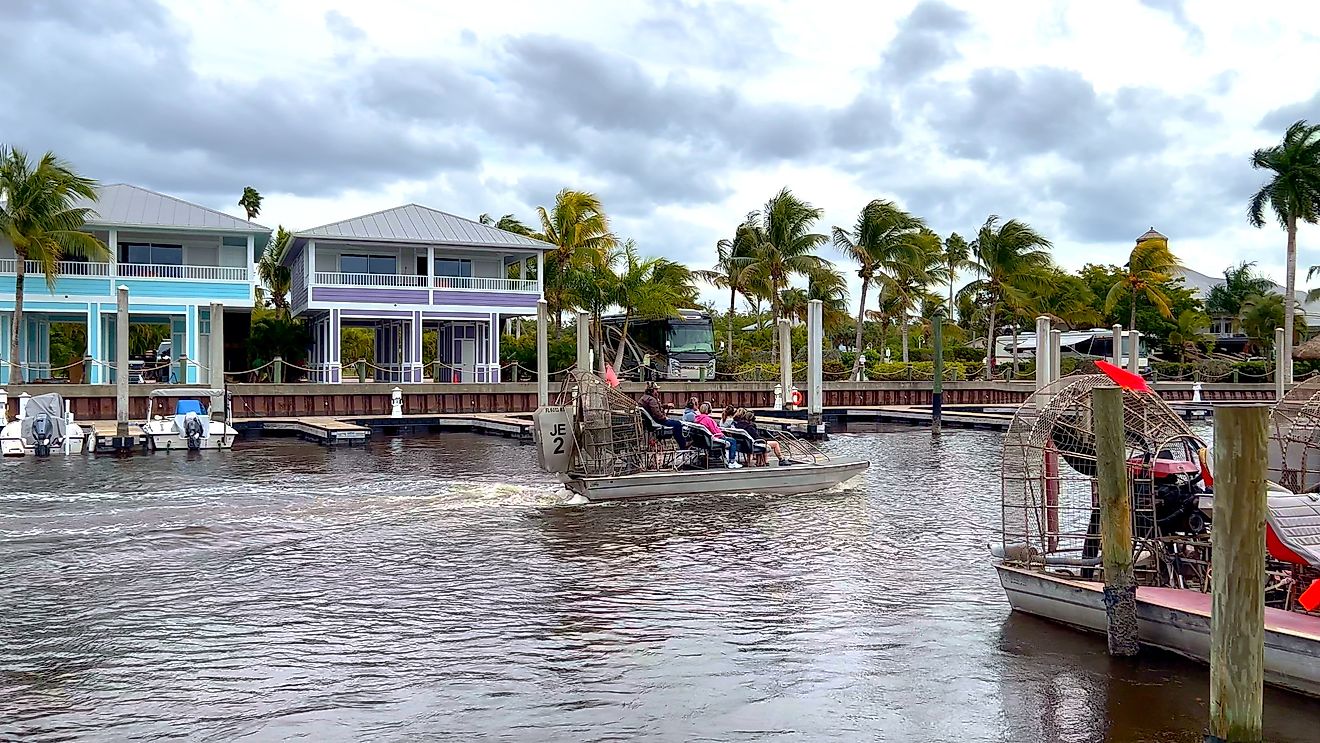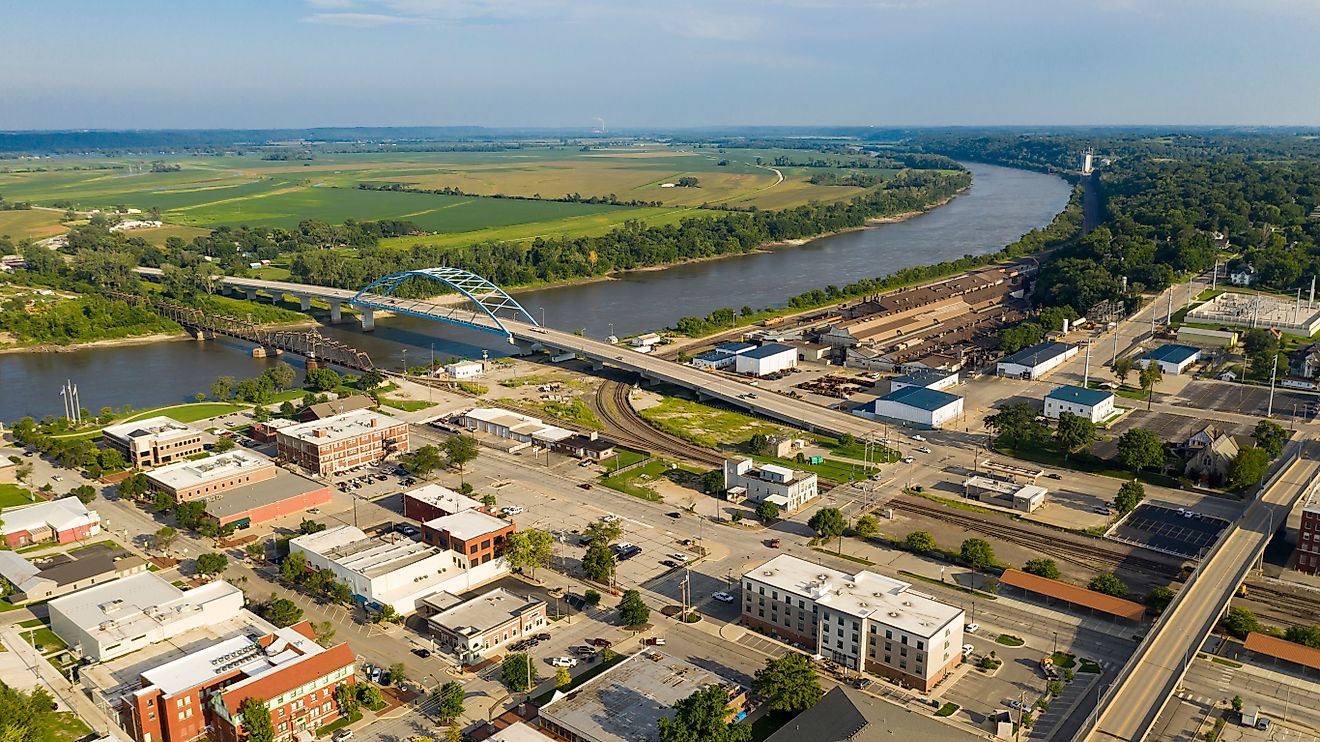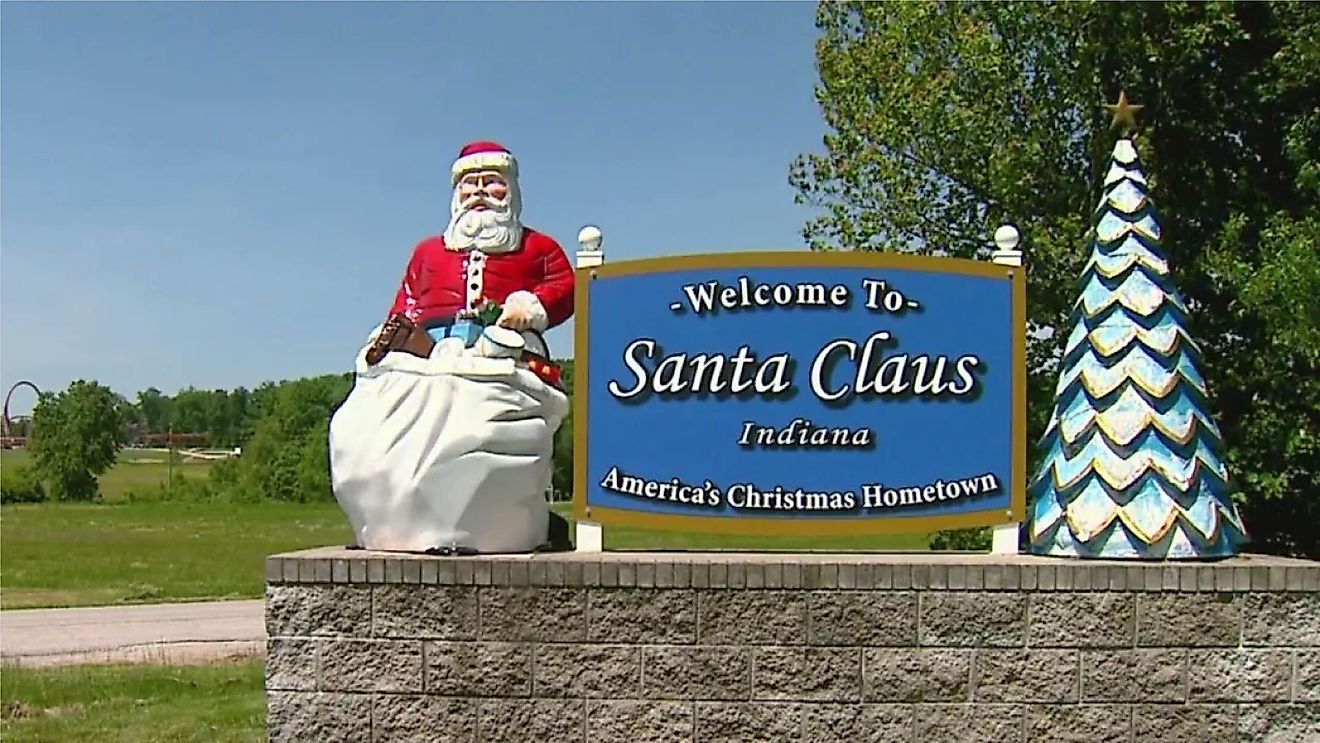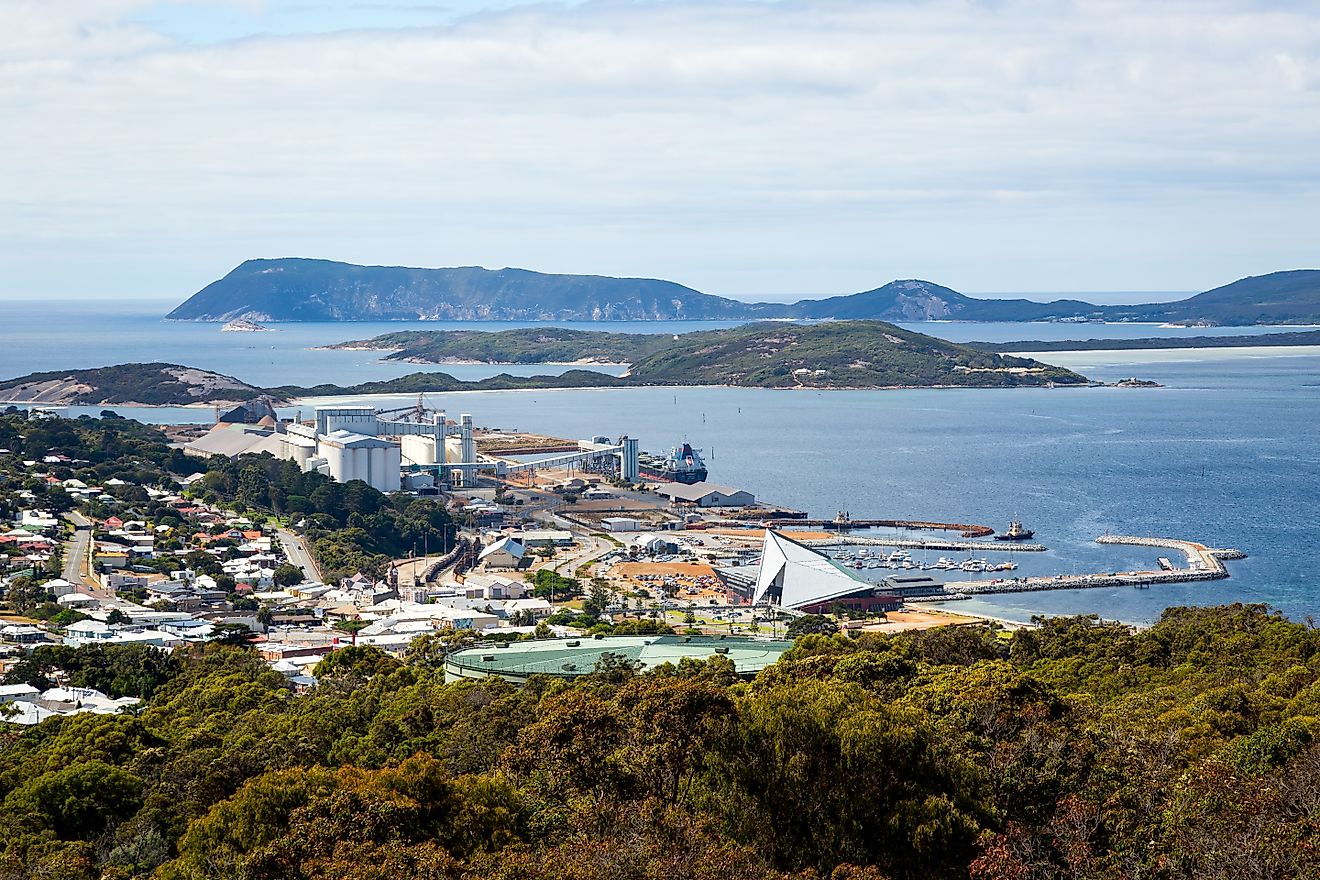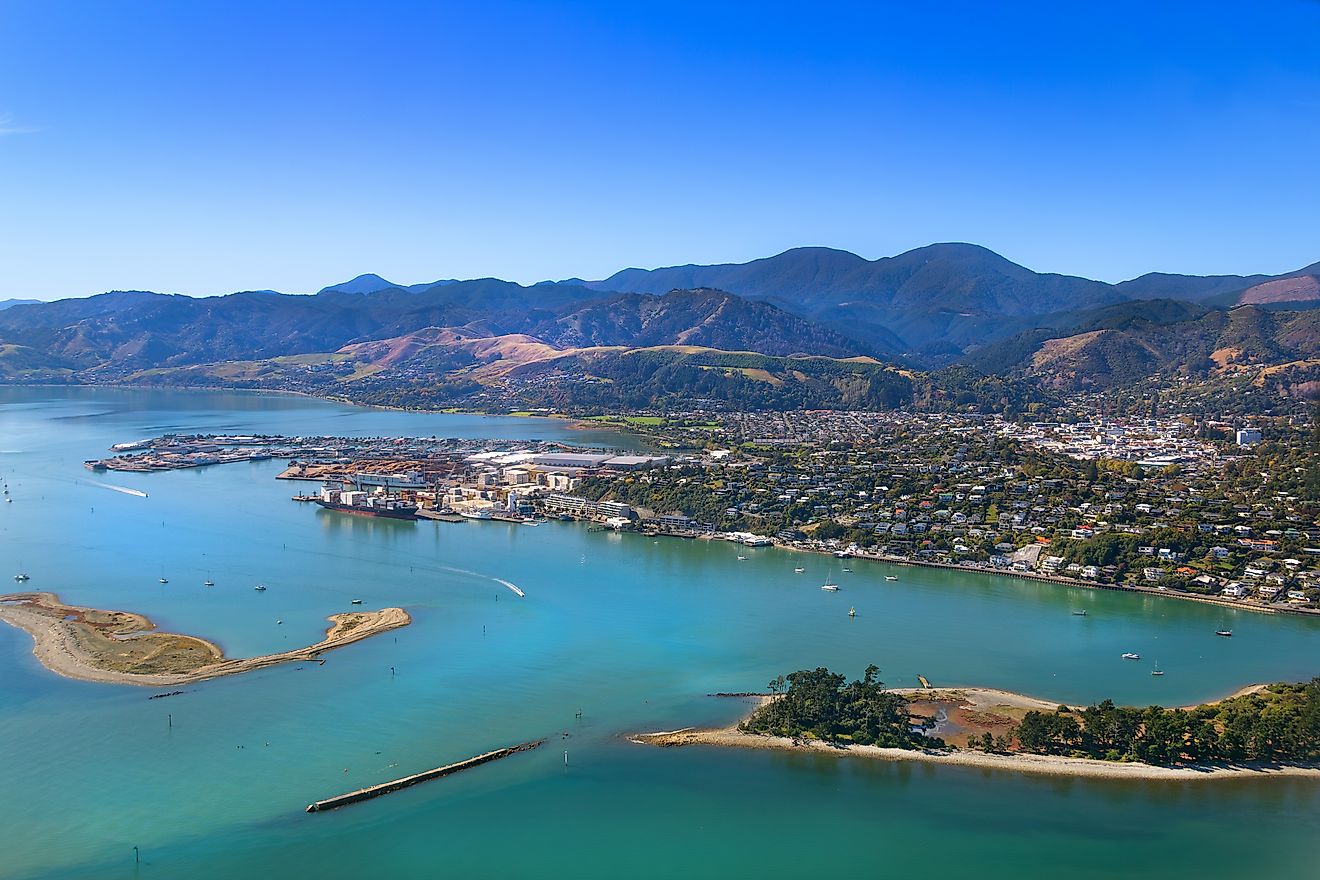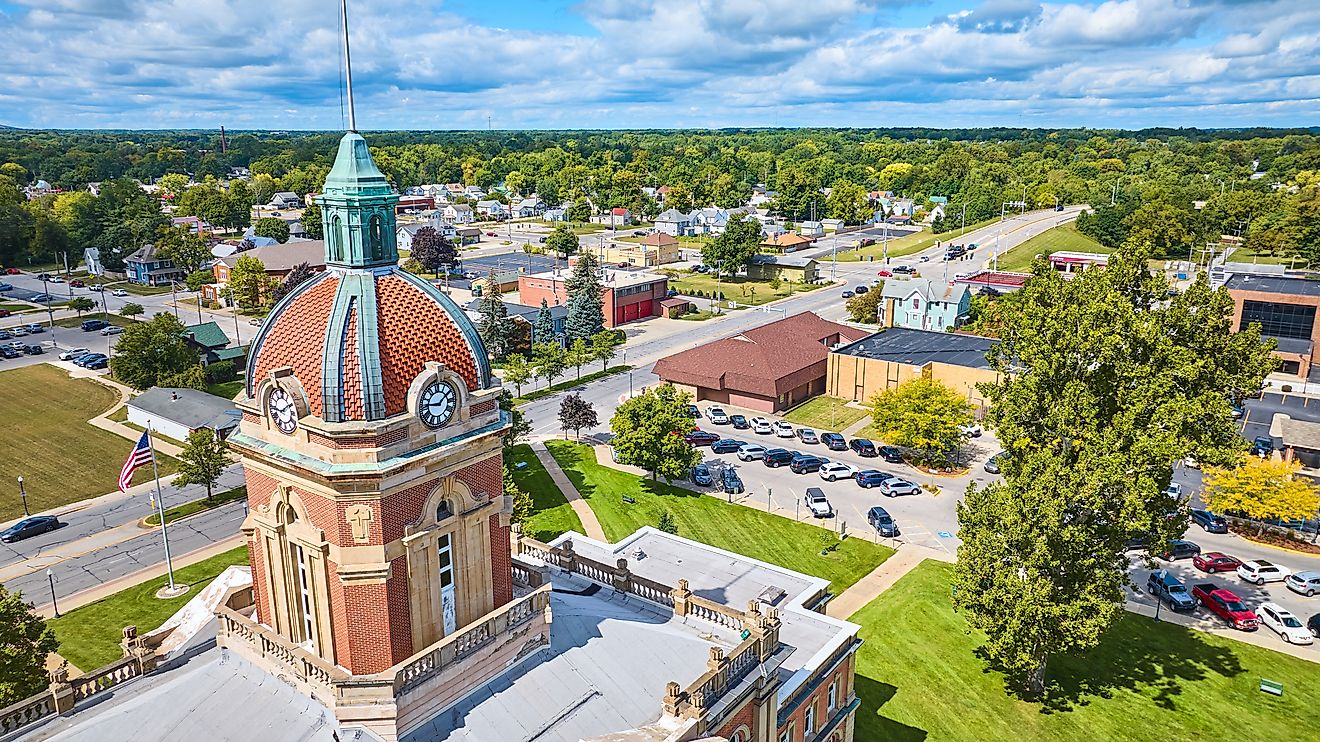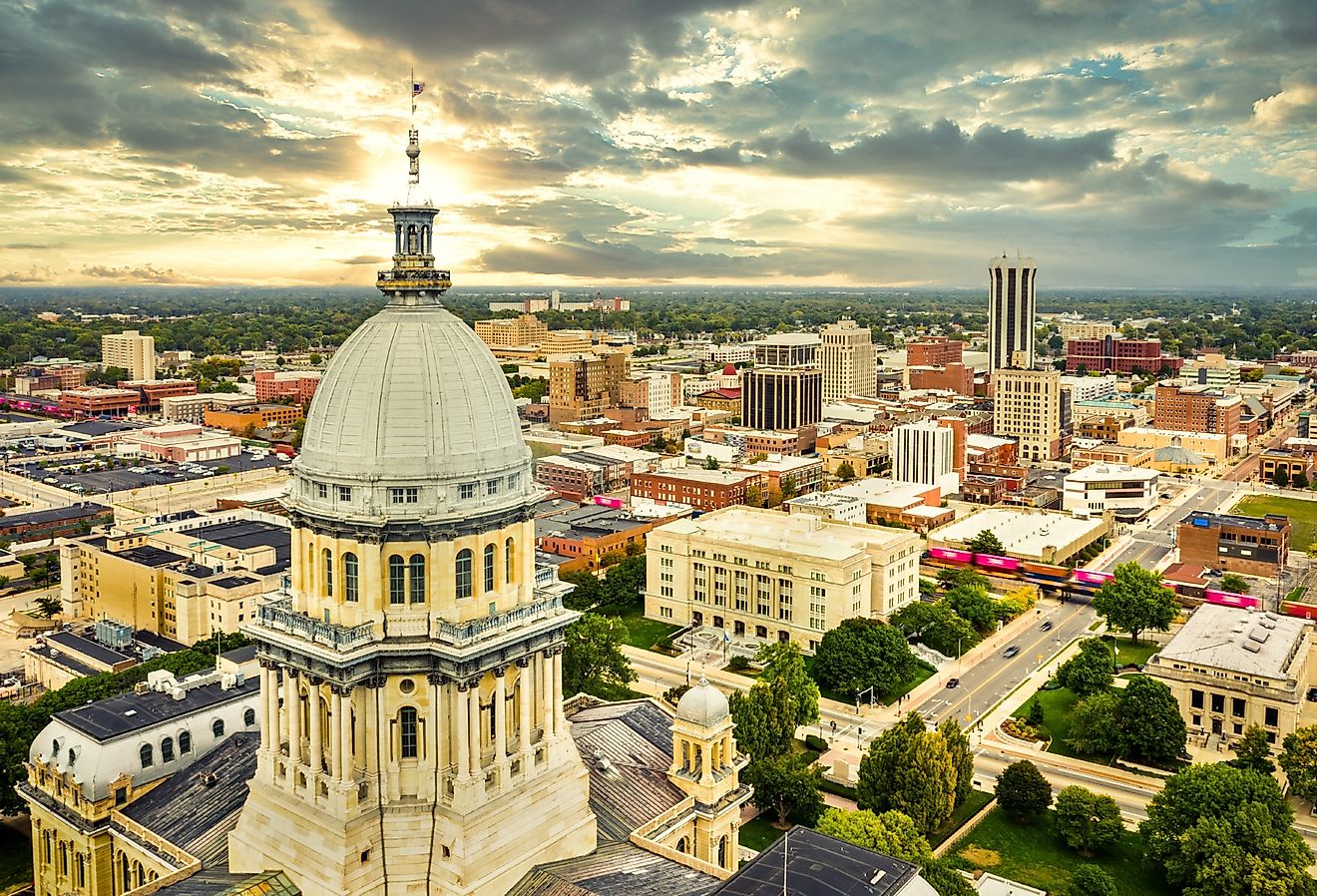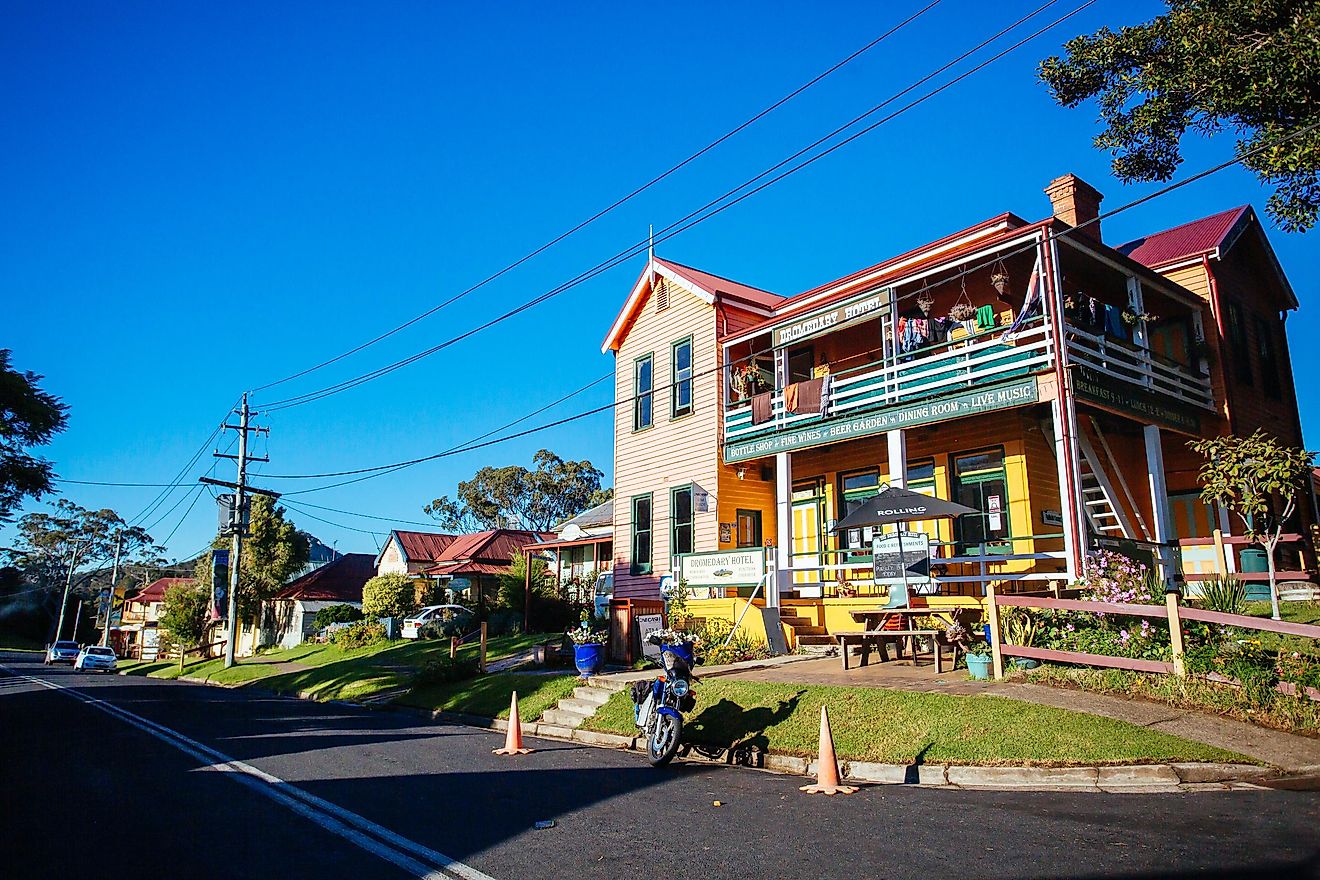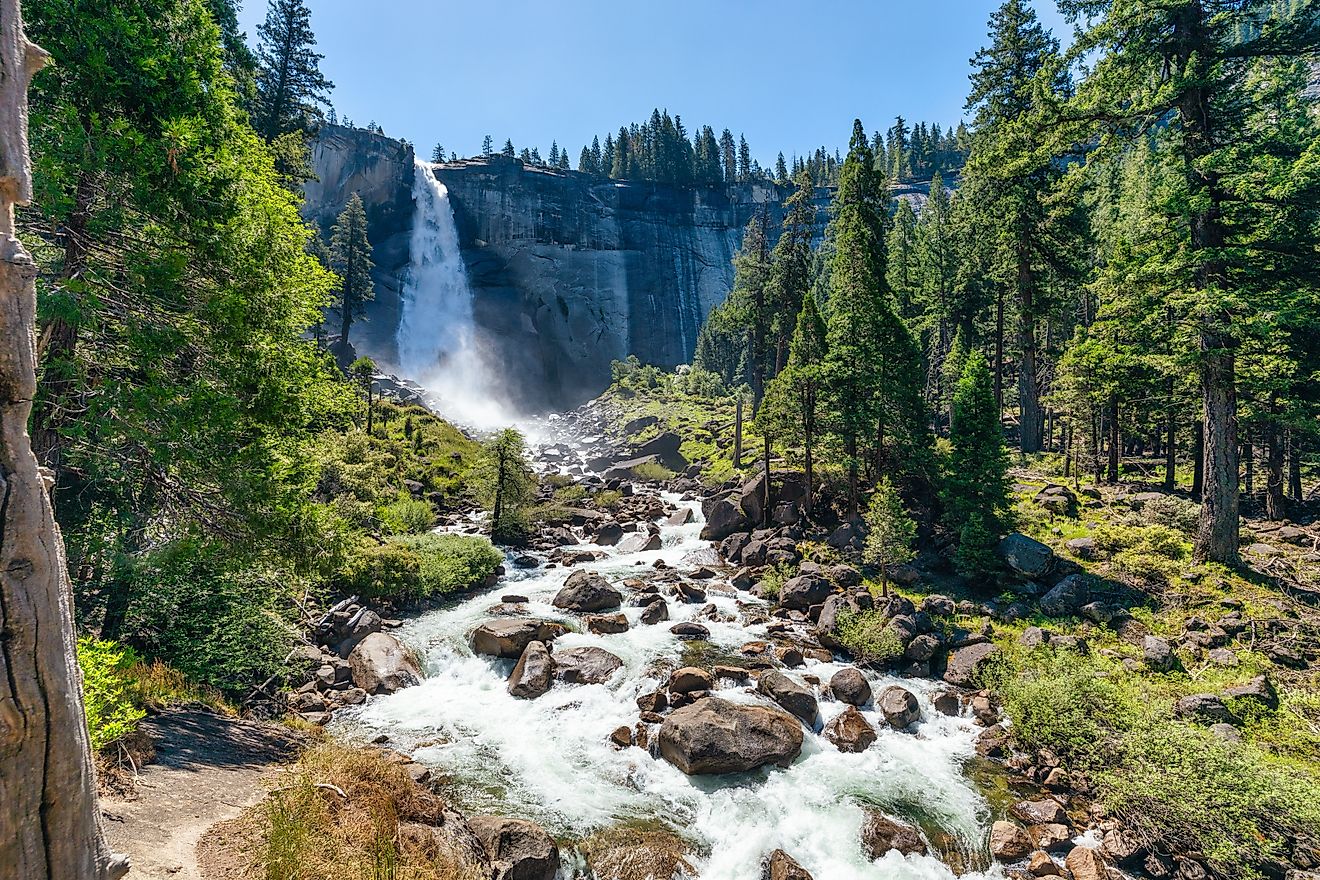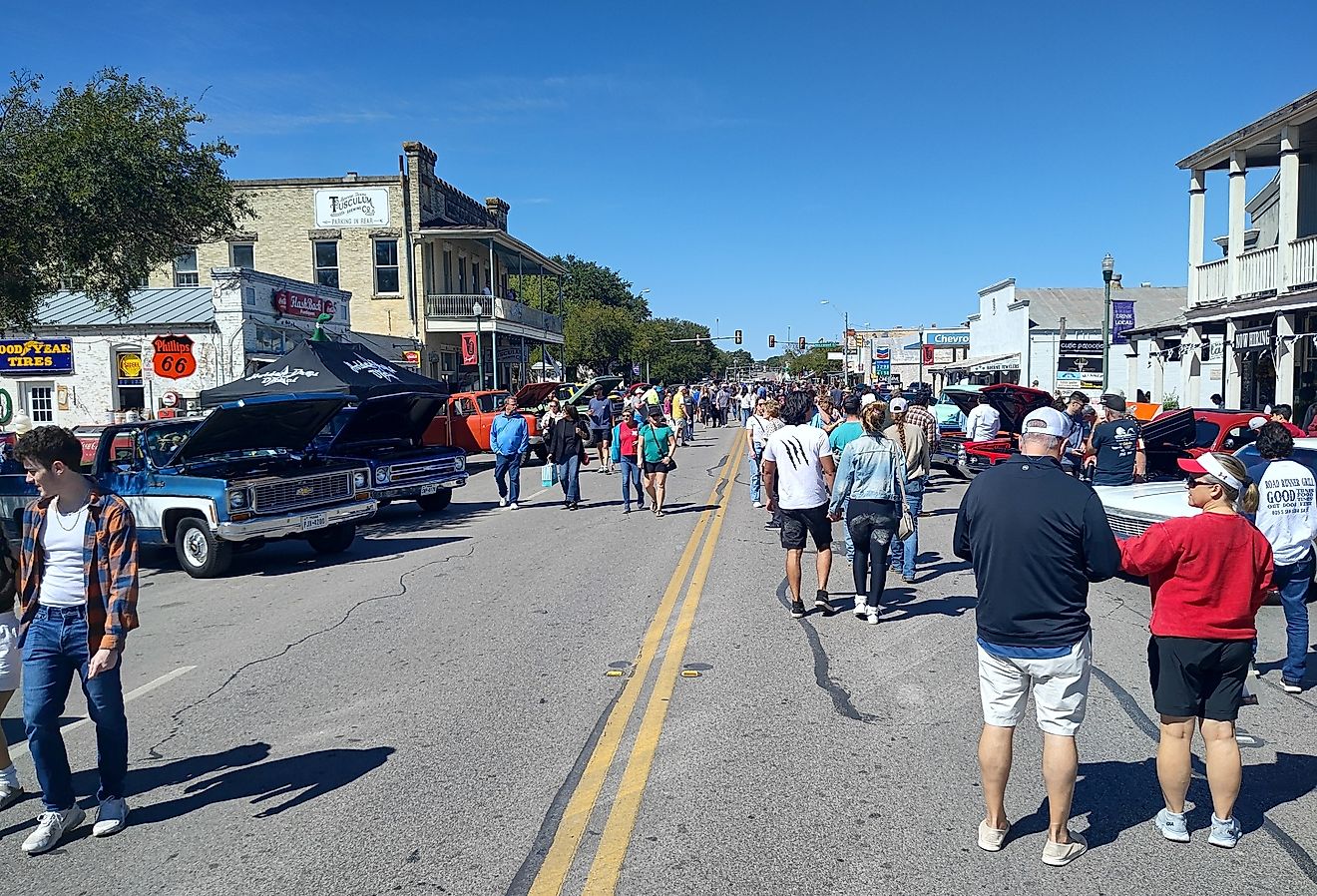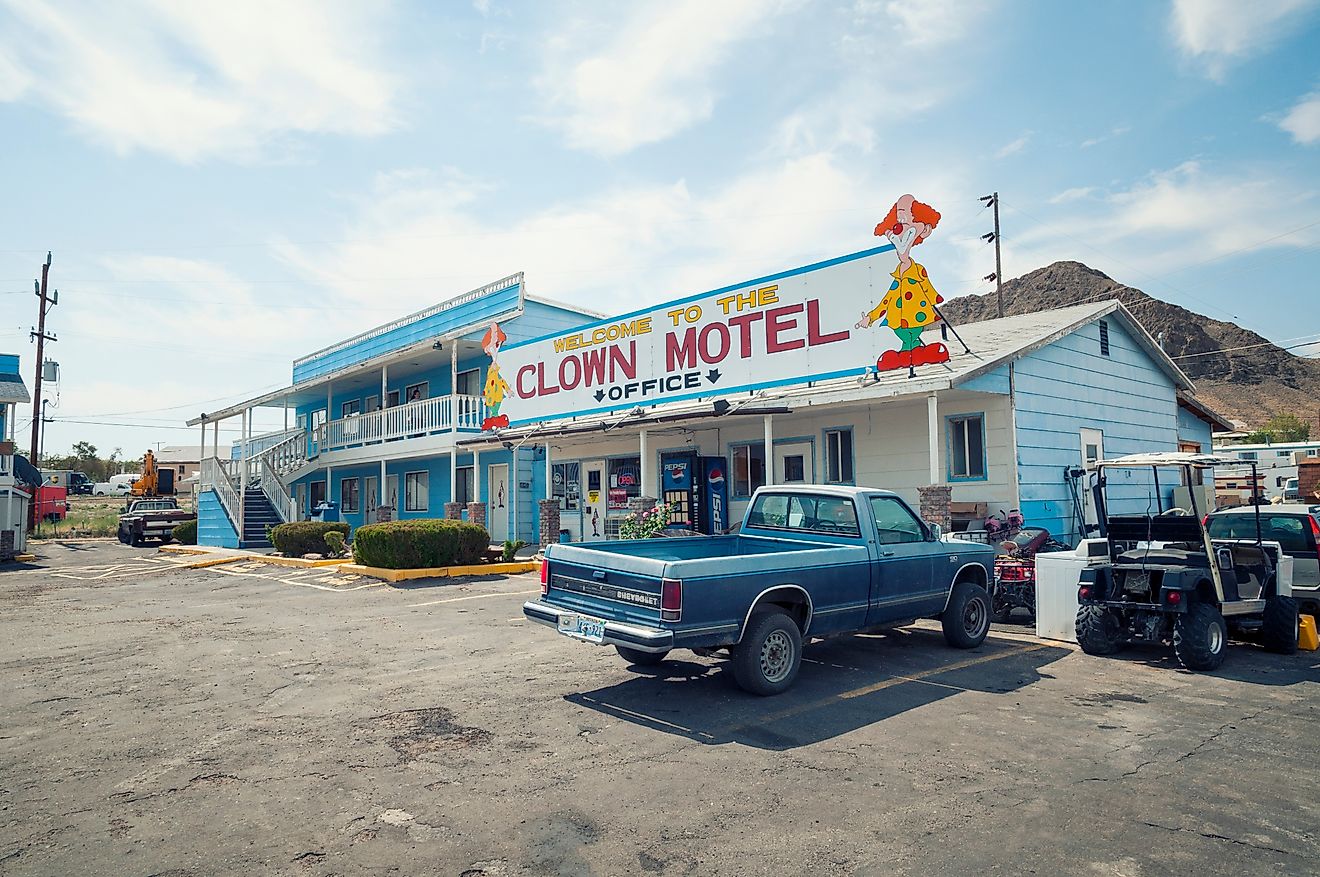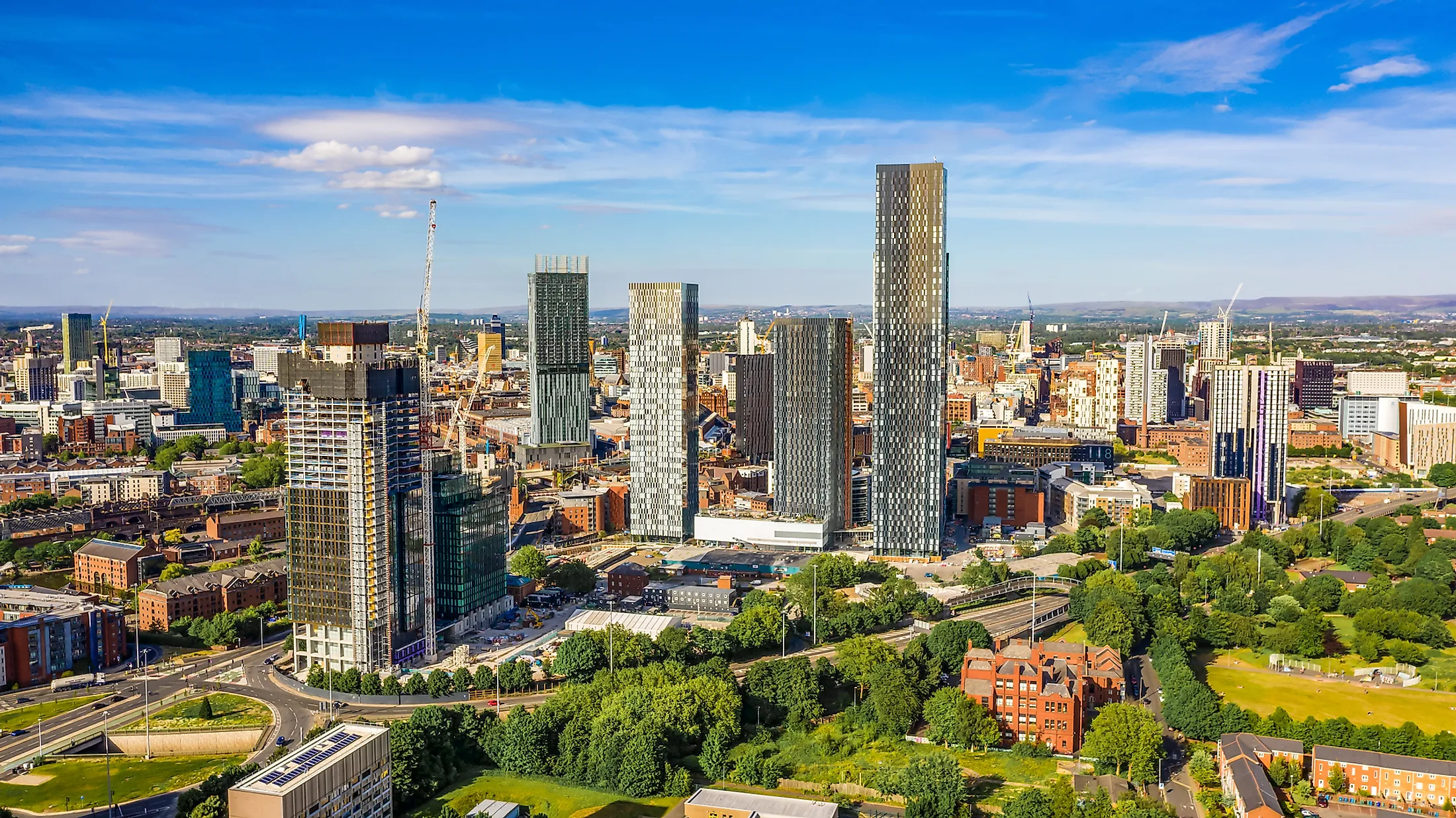
Manchester, United Kingdom
Manchester is a city marked by its history as a textile industry powerhouse, with a modern music scene that has captured the world's attention. The revitalized downtown is punctuated by architectural gems from its heady Victorian past as a linchpin in the British Industrial Revolution.
Manchester is both a city and metropolitan borough governed by the Manchester City Council. From the center of England, its legacy helped shape the modern era. Today, it is a modern city that has emerged from an industrial past to a diversified future.
Geography Of Manchester
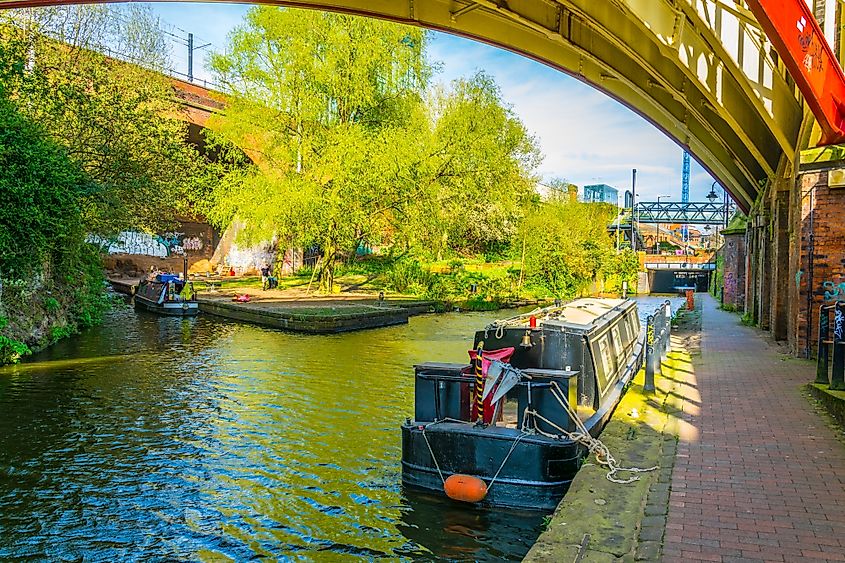
Manchester is located in Northwest England. It lies north of the Cheshire Plain, with the Pennines mountain range to the north and east of the city. It is situated on a plain at about 133 feet (40 meters) above sea level known as the Manchester embayment. The top layer consists of soil and gravel carried by rivers and the flow of glaciers, covering a bed of coal.
The city began as a settlement on the east bank of the River Irwell. From the late 19th- into the early 20th-century, Manchester's limits expanded to areas south of the river, along with another 9 square miles to the north.
Climate Of Manchester
Manchester is subject to a temperate oceanic climate (Köppen: Cfb), with warm summers and mild winters. Extreme conditions are rare, and precipitation is frequent all year round.
From December to February, average high temperatures hover around 45 °F (7-8 °C), with 13-14 days of rain per month. Brief spells of colder, clear weather are not uncommon. Summers are warm, with average highs of 66-68 °F (19-20 °C) from June until August and 9-10 days of rain per month. Warmer conditions up to 77 °F (25 °C) occur occasionally but seldom translate into a heatwave.
Frequent rains are blown in by the winds from the Atlantic, resulting in about 32-inches of average annual rainfall (818 mm). The mountains to the east capture the moist air, causing clouds that cover at least part of the sky about 70% of the time. The driest period occurs between March and May in a typical year.
History Of Manchester
Before the arrival of the Roman army, the forested area around Manchester was the territory of the Brigantes, a Celtic people.
The occupying Roman army built a fort from the wood of the surrounding forest approximately 1 mile south of the site where Manchester Cathedral is located. Built in 79 AD, it overlooked the River Medlock near the confluence with the Irwell and was called Mamucium. Experts believe the name was based on the original Brittonic word that meant either "breast-shaped hill" or referred to a local river goddess. In modern Welsh, the name for Manchester is Manceinion.
The Romans left the area in 407 AD, after which the military and civilian settlement was abandoned. The area became embroiled in disputes between the kingdoms of Northumbria, the Anglians, and the invading Danish from the 6th into the 7th century. The first church was built in the area that was then largely used for agriculture in the 7th century.
In 919, the Anglo Saxon Chronicle refers to rebuilding the Roman fort by men sent by the Saxon King Edward, the Elder. After the Norman conquest in 1066, the population of England began to grow. The settlement became a town in the early 13th century within the barony of Manchester. St Mary's church was built by Edward the Elder in 923 AD. Manchester Cathedral was built on the same site inside the precincts of the Baron's Court, in 1215.
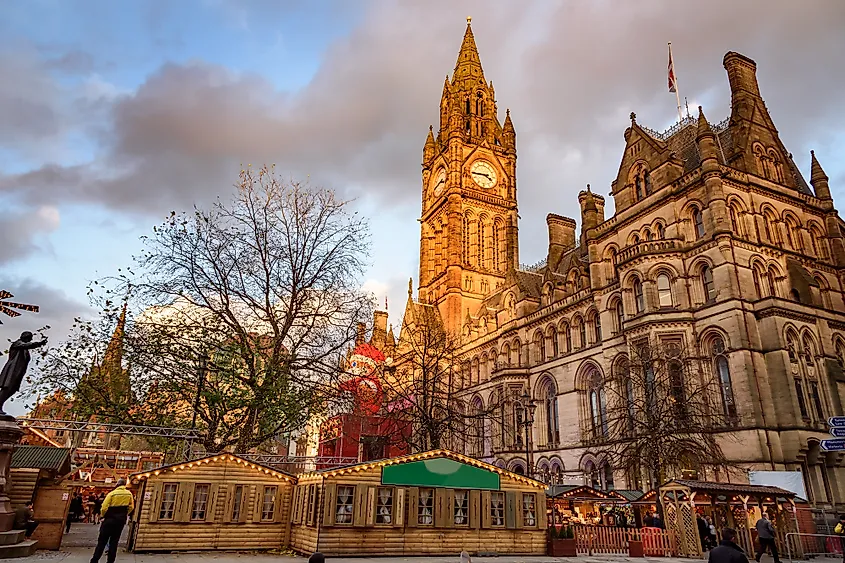
The city's role as a center for the textile trade began in the 1600s with new weaving technology and resulted in a boom that lasted until the 20th century. The wealth generated by the cotton trade resulted in its iconic streetscapes of Victorian architecture, which include Manchester's civic buildings as well as the industrial structures of factories and cotton mills.
Manchester's fortunes declined with the global decline of industry and the textile trade through the late 20th century. From the late 1990s and into the 21st century, the city underwent a wave of urban revitalization.
Demographics Of Manchester
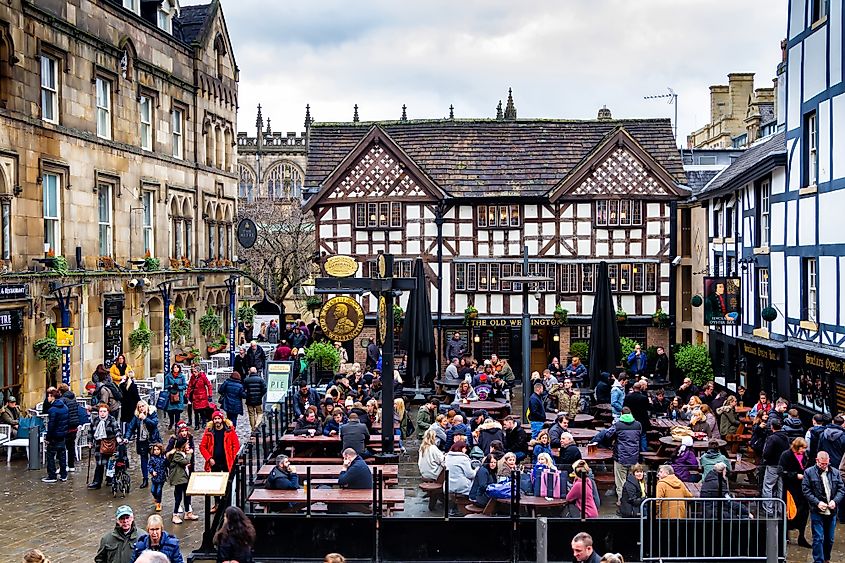
The population of Manchester is 547,627 according to 2018 figures, with the Greater Manchester Built-up Area, which incorporates neighboring Salford, estimated at roughly 2.7 million.
From a small market town, Manchester grew to about 10,000 people by 1717, jumping to 70,000 by 1801. Up till that time, it was still under the administration of a manorial court by the lord of the local manor. A charter of incorporation set up the first local government in 1792.
By 1851, the textile mills had drawn in more than 300,000 people, and in 1911, the urban area, which was extending to the suburbs, grew to about 2,350,000. As the textile industry began to decline locally, so did the city's fortunes and population. It's estimated that about a third of the city's inhabitants migrated out of the area between 1961 and 1981 before stabilizing and then rising again to its present state.
Economy Of Manchester
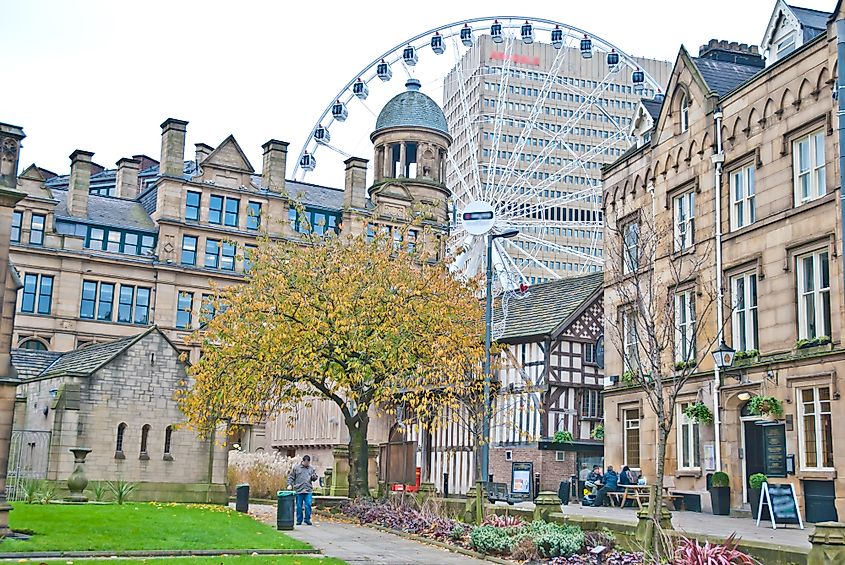
Located in the midst of prime agricultural lands, the city became a natural center for the wool trade. By the 16th century, finished cloth was being exported from Manchester to Europe through London. In the 17th century, the introduction of cotton from the Americas resulted in new technologies. The process accelerated after 1770 with the Industrial Revolution.
The first of the city's many canals reached Manchester to bring coal from nearby Worsley in 1762. The canals were later extended to link the city with Liverpool and Mersey, and the first cotton mill followed in the early 1780s. By 1830, the city was home to 99 cotton-spinning mills. Cottonopolis was the city's nickname by the 19th century.
Manchester developed into the financial center for the cotton trade, with The Royal Exchange, a commodities exchange that handled business for the entire nation, built in 1809. The surge of economic activity spurred the construction of the world's first modern railway from Manchester to Liverpool in 1830.
After the shake-up of the 20th century, industries active in modern Manchester include petrochemicals, electrical engineering, machine tooling, and fabrication, as well as paper and printing. Many of the old textile mills have been converted to other industrial uses, while the city's economy has diversified to include a large cohort of service industries.
Attractions In Manchester
The city's industrial past is preserved in the Museum of Science & Industry, with the Imperial War Museum North (designed by Daniel Libeskind) located at the revitalized Salford Quays dockyards. A walk in the city's older neighborhoods will reveal many other gems of Victorian architecture.
The music scene is a major draw to the city, with the Lowry, an innovative venue, symbolizing the city's renaissance in the 21st century. Along with its orchestra and other institutions, the city is renowned for a nightclub and independent music scene that spawned bands such as Oasis and Joy Division. As home to two of England's major football clubs – Manchester United and Manchester City –sports attracts many visitors to the city.
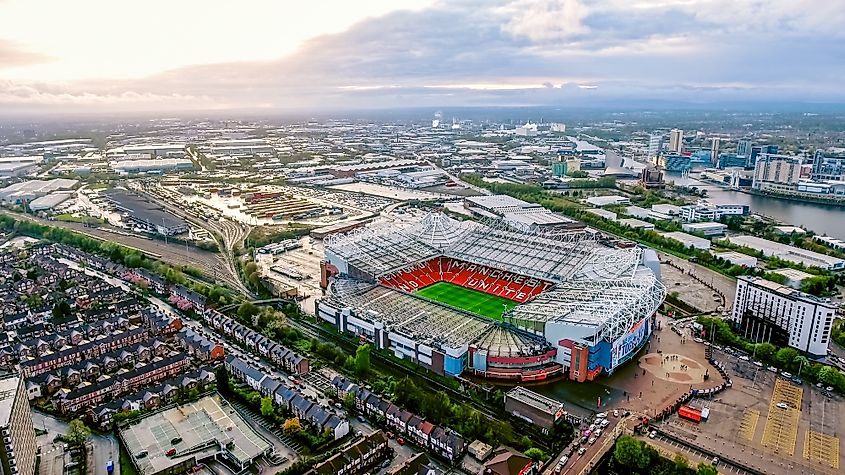
Centuries of economic boom have left their mark in Manchester and, along the way, spawned a resilient and diverse culture where the "curry mile" of South Asian cuisine and the renovated glory of an 18th factory can be experienced in a single day.
Contemporary Manchester is a multicultural city where more than 200 languages are spoken. It is home to England's largest Jewish population outside of London and the UK's second-largest Chinatown. It is a city with a thread of innovation throughout its history and culture the world has come to admire.
